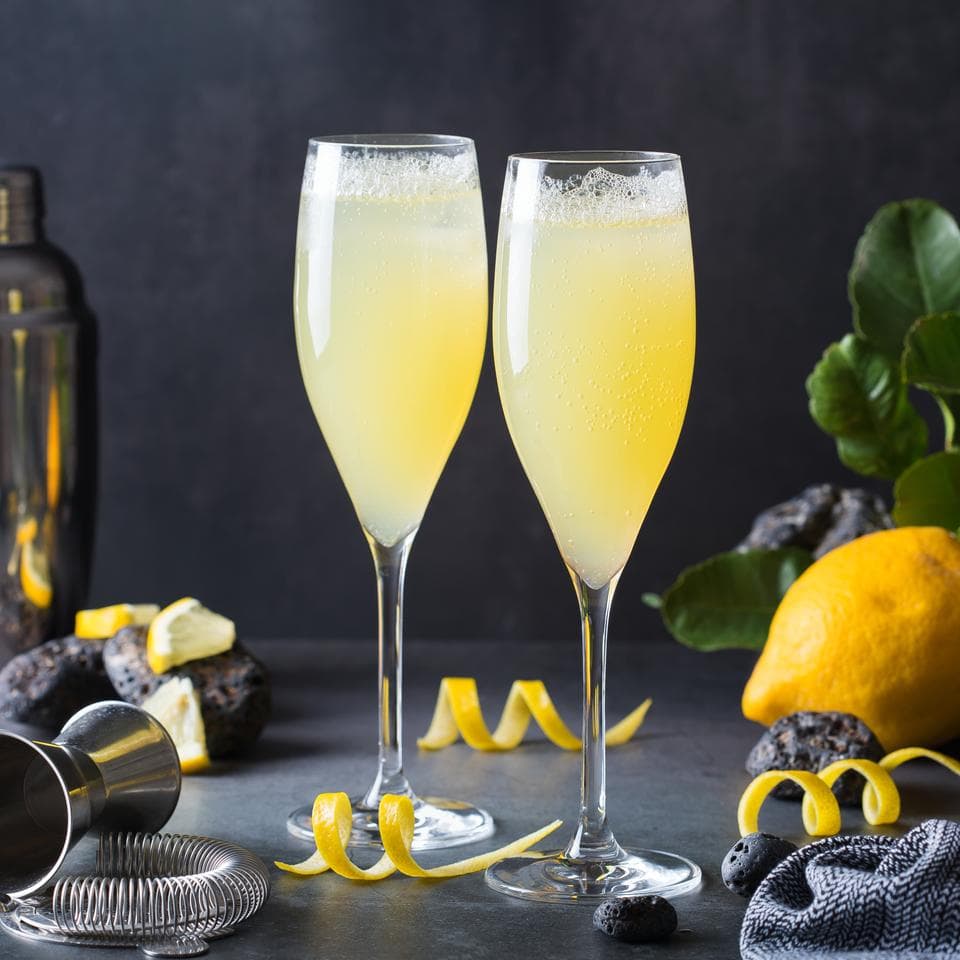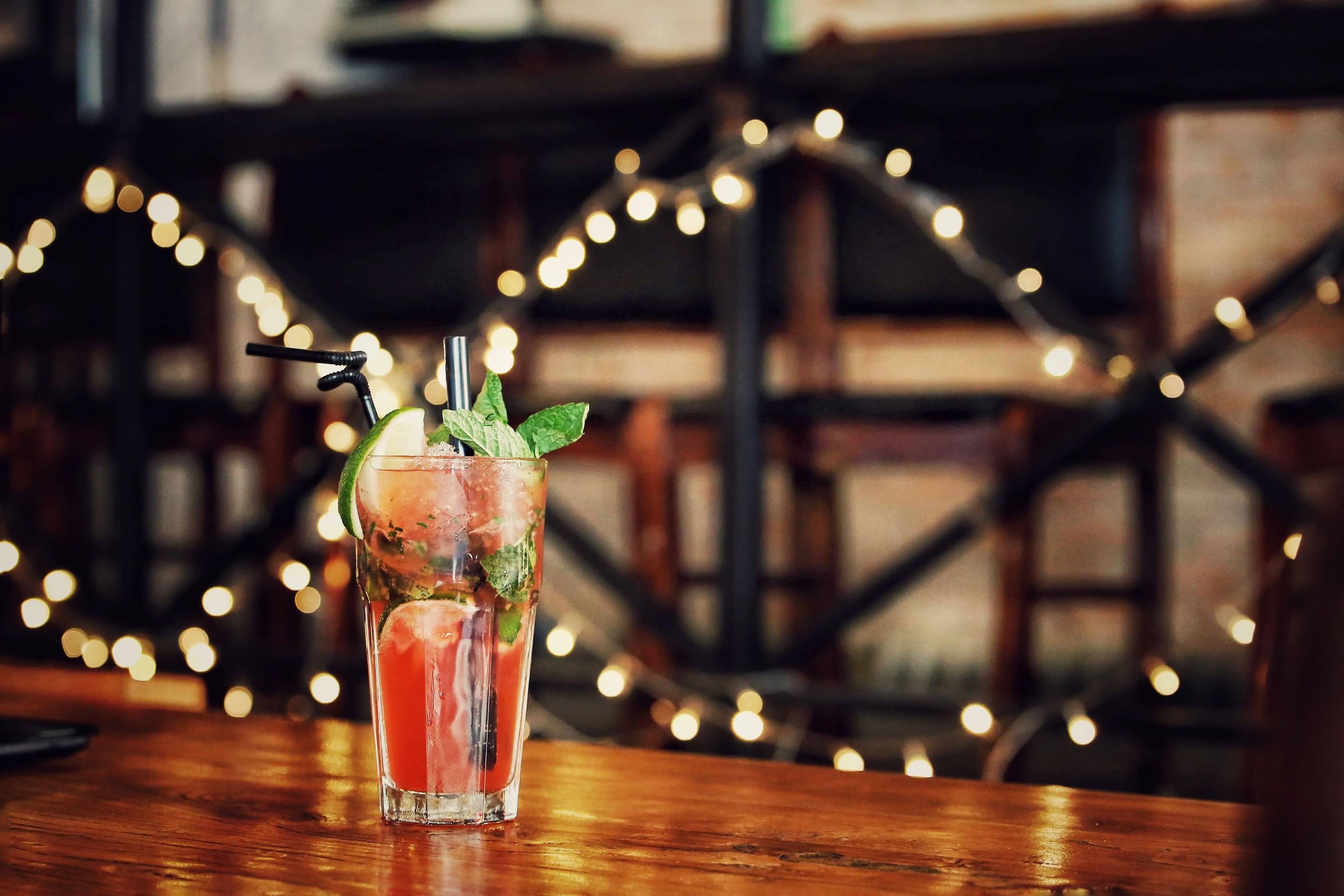French 75 Cocktail
The French 75 cocktail is a classic drink that expertly combines gin and champagne for bright effervescence, capturing citrusy flavours. Its easy formula and exquisite profile make it an ideal choice for mixing at home, reflecting approachable sophistication for most events.
Ingredients
Serves1- Check off ingredients
- 30mL London dry gin
- 15mL fresh lime juice
- 15mL simple syrup
- 90mL chilled champagne
- 1for garnish lemon twist
- Ice cubes
Method
- Step 1
Chill a champagne flute or coupe glass in the freezer.
- Step 2
In an ice-filled cocktail shaker, combine the London dry gin, fresh lime juice and simple syrup.
- Step 3
Secure the shaker top and rapidly shake for 15-20 seconds or until the surface of the shaker is well-frosted and the mixture completely cooled.
- Step 4
Fine-strain the mixture into the prepared flute and top with chilled champagne; garnish with a thin lemon twist and serve immediately.
Tips & Suggestions
Frequently Asked Questions
Why is the champagne added last in a French 75 cocktail?
Can you use sugar instead of simple syrup in a French 75 cocktail?
Are there any common mistakes to avoid when making a French 75 cocktail?
You may also love these
Rate This Cocktail
If you love this recipe then tab a star to rate it.







